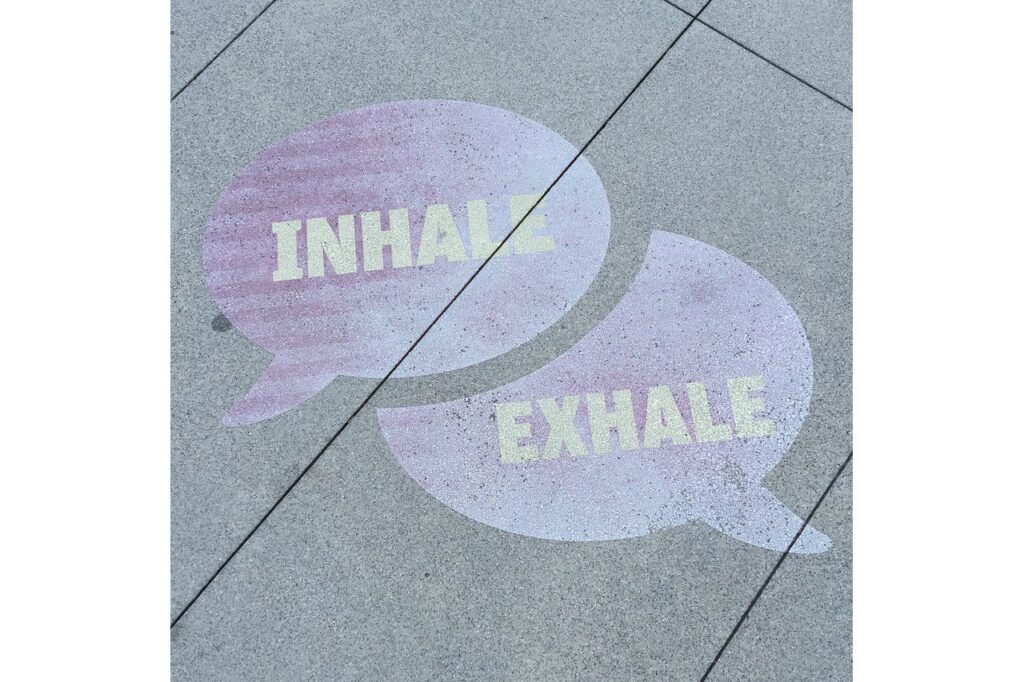Introduction to COPD
Chronic Obstructive Pulmonary Disease (COPD) is a pervasive condition impacting millions globally, including about 16 million diagnosed cases in the USA. The disease, marked by breathing difficulties and reduced lung function, significantly impacts daily life. Occupational therapy offers a lifeline, helping individuals manage symptoms and improve their quality of life. In this post, we will explore how occupational therapy interventions can aid COPD patients in leading more fulfilling lives.

Understanding the Condition and Its Impact on Daily Living
COPD is an umbrella term encompassing chronic bronchitis and emphysema. It is primarily caused by smoking, though environmental factors also play a role. According to the World Health Organization (WHO), over 3 million people die annually from COPD, making it the third leading cause of death worldwide.
The impact of COPD goes beyond breathlessness. For patients, simple tasks like dressing or cooking become monumental challenges. This is where occupational therapy comes in, providing strategies and tools to manage daily activities more effectively.
The Role of Occupational Therapy in COPD Management
Occupational therapy focuses on enabling individuals to perform daily tasks despite physical limitations. For individuals with COPD, this means learning to conserve energy, use adaptive equipment, and modify their environment to reduce strain. Occupational therapists are trained to assess the unique needs of individuals with COPD and develop personalized intervention plans.
COPD and Occupational Therapy Interventions
Energy Conservation Techniques
Energy conservation is vital for COPD patients. Therapists teach patients to pace themselves, break tasks into smaller steps, and rest frequently. These techniques help prevent fatigue and make daily activities more manageable.
Breathing Retraining
Breathing retraining involves teaching patient’s techniques to improve their breathing efficiency. Pursed-lip breathing and diaphragmatic breathing are common methods. These techniques help reduce shortness of breath and improve oxygen intake.
Adaptive Equipment and Home Modifications

Adaptive equipment, like grab bars and raised toilet seats, can make a significant difference for COPD patients. Occupational therapists also suggest home modifications, such as rearranging furniture to create more open spaces, to reduce physical exertion and improve safety.
How Occupational Therapy Enhances COPD Patients’ Quality of Life
Occupational therapy interventions are designed to enhance the overall quality of life for COPD patients. By focusing on practical solutions and personalized care plans, therapists help patients regain independence and confidence in their daily lives.
COPD Interventions and Well-being
Effective COPD interventions not only address physical challenges but also emotional well-being. Therapists provide support and education, helping patients and their families understand the condition and how to manage it effectively. This holistic approach ensures that patients feel supported and empowered.
Building a Supportive Community
Occupational therapists often work with support groups and community resources, connecting COPD patients with others who share similar experiences. This sense of community can be incredibly beneficial, providing emotional support and practical advice.
Ongoing Education and Adaptation
COPD is a progressive condition, and occupational therapy is an ongoing process. Therapists continually reassess patients’ needs and adjust their intervention plans. This adaptability ensures that patients receive the most effective care throughout their COPD management journey.
Conclusion
Living with COPD can be challenging, but occupational therapy offers a path to improved quality of life. By focusing on practical strategies and personalized care, occupational therapists empower COPD patients to manage their symptoms and maintain their independence. If you or a loved one is struggling with COPD, consider reaching out to an occupational therapist to explore how these interventions can make a difference.
The information provided on this website is for general informational purposes only. It is not intended as, nor should it be considered, professional or medical advice. Always consult a professional regarding your specific medical issue.
Frequently Asked Questions
What exactly is Occupational Therapy?
Occupational therapy (OT) is a healthcare profession focused on helping individuals maintain or regain their ability to perform everyday activities. For COPD patients, this may involve learning techniques to conserve energy, improving breathing efficiency, using adaptive equipment, and making home modifications to ease daily living.
How can Occupational Therapy benefit someone with COPD?
Occupational therapy can significantly improve the quality of life for COPD patients by teaching them how to manage their symptoms more effectively. This includes learning energy conservation strategies, breathing retraining, and how to use adaptive equipment. These interventions help reduce breathlessness and fatigue, making daily tasks more manageable.
When should someone with COPD consider Occupational Therapy?
COPD patients should consider occupational therapy if they find that their symptoms are interfering with their daily activities. Early intervention can provide patients with the tools and techniques needed to manage their condition, maintain independence, and improve their quality of life.
How do I find a qualified Occupational Therapist?
To find a qualified occupational therapist, you can ask for referrals from your primary healthcare provider or pulmonologist. Additionally, professional organizations such as the American Occupational Therapy Association (AOTA) offer directories of certified therapists. It’s important to choose a therapist experienced in working with COPD patients.
Can Occupational Therapy cure COPD?
While occupational therapy cannot cure COPD, it can help manage the symptoms and improve the quality of life for patients. By learning techniques to handle daily activities more effectively, patients can lead a more active and fulfilling life despite their condition. Overall, occupational therapy is an essential component of COPD management and can make a significant difference in enhancing patients’ well-being and independence.
References
- American Occupational Therapy Association (n.d). What is OT? Retrieved September 30, 2021 from https://www.aota.org/AboutOT/Professionals.aspx
- American Occupational Therapy Association (2016). Occupational therapy practice guidelines for adults with chronic obstructive pulmonary disease. Bethesda, MD: Author.
- Breathing Matters (2020). What is COPD? Retrieved September 30, 2021 from https://www.breathingmatters.co.uk/resources/copd/
- National Institutes of Health. Chronic Obstructive Pulmonary Disease (COPD) [Fact sheet]. Retrieved September 30, 2021 from https://www.nhlbi.nih.gov
Recently Featured OT Insider Posts
Decoding OOB Medical Abbreviation in Occupational Therapy
Mastering Balance: Dynamic vs. Static in Occupational Therapy
7 Essential Pelvic Floor Exercises for Strength and Health
How is WBAT Different from NWB and PWB?
Understanding the Crucial Difference: Habilitation vs Rehabilitation
Top 10 Most Used Equipment in Occupational Therapy
